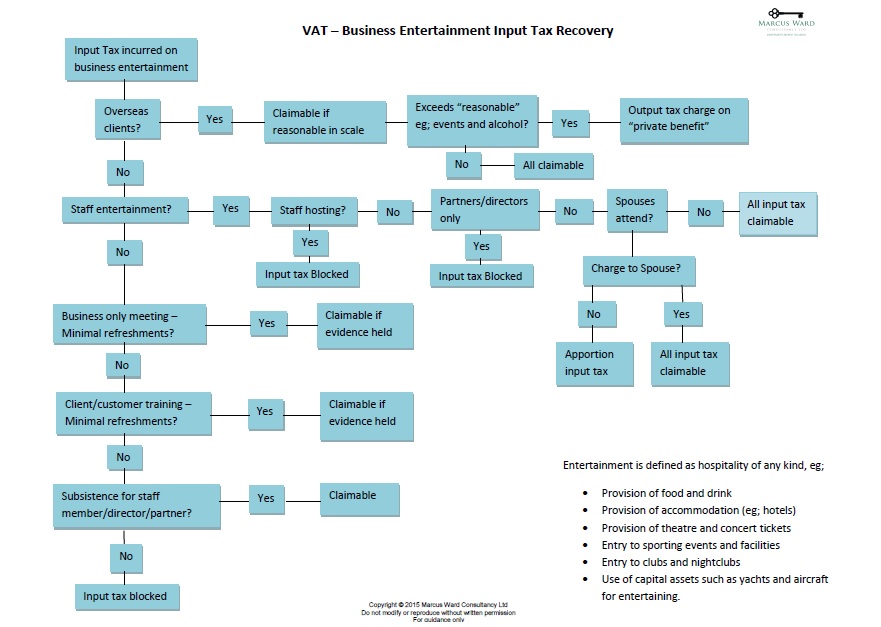With the continuing uncertainty over a No-Deal Brexit, which appears to be a more likely prospect given recent political events, HMRC has made a statement on the process of registering non-UK EU businesses as intending traders in the UK.
Background
What is an intending trader?
An intending trader is a person who, on the date of the registration request:
- is carrying on a business
- has not started making taxable supplies
- has an intention to make taxable supplies in the future
If the business satisfies HMRC of its intention, HMRC must VAT register it. VAT Act 1994, Schedule 1, 9 (b). It is, in some cases, difficult to convince that there is a genuine intention to make taxable supplies. This often comes down to documentary evidence.
Why do overseas businesses need to register as intending traders?
In the event of a No-deal Brexit, it is assumed that the EU VAT simplification that relieves the current obligation to be registered in the UK will no longer available. As a consequence, the EU supplier will itself become responsible for accounting for VAT on sales deemed to be made in the UK. In order to do this, the business will require a UK VAT registration. As the simplification is in place until Brexit, the registration will be required the very day after the UK leaves the EU – currently 1 November 2019.
Therefore, many EU businesses have applied for UK VAT registration as intending traders. That is, they do not currently make supplies, but intend to in the future (from 1 November 2109).
The issue
The Chartered Institute of Taxation has reported that businesses applying for intending trader registrations are experiencing difficulties with the process.
In response, HMRC have stated:
“Businesses in the position you have described can register for VAT using the Advanced Notification facility, by registering online requesting a voluntary registration from an advanced date of 1 November 2019. In the ‘business activity’ section they should enter trade class/SIC code 99000 European Community. In the free text box they should describe accurately what the business does and ensure there is a positive amount entered in the ‘taxable turnover in the next 12 months’ box. If this is not done the application will be rejected. This information will enable the VAT Registration Team (VRT) to identify and actively manage any registration that is conditional on the UK leaving the EU without a deal.
If there is a change to the date of withdrawal from the EU, the VRT will amend the Advanced Notification date to match this new date. If the UK enters a transitional period or agrees a deal with the EU that allows current arrangements to continue then the registration will be cancelled. The approval of an Advanced Notification registration in these circumstances is only made as a contingency for the UK leaving the EU without a deal and the VAT number may not be used unless that happens. The business will receive an automated notification of an Advanced Notification VAT Registration and the VRT may follow this up with a manual letter to further explain the conditions and both.
With the UK having agreed an extension to the date of withdrawal from the EU, we would not expect businesses to use this facility until closer to the 1st November.”
It is clearly prudent for overseas businesses which make certain supplies in the UK to properly prepare for a No-Deal Brexit. However, experience insists that many have not identified or made provisions for this outcome.
We are able to assist and advise other EU Member State businesses on this process.

